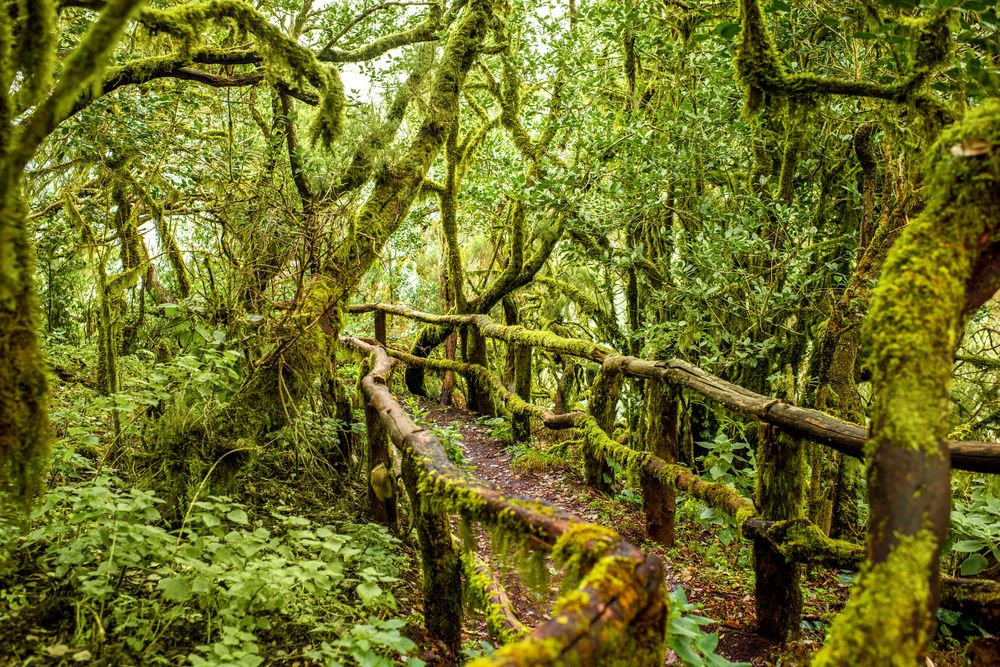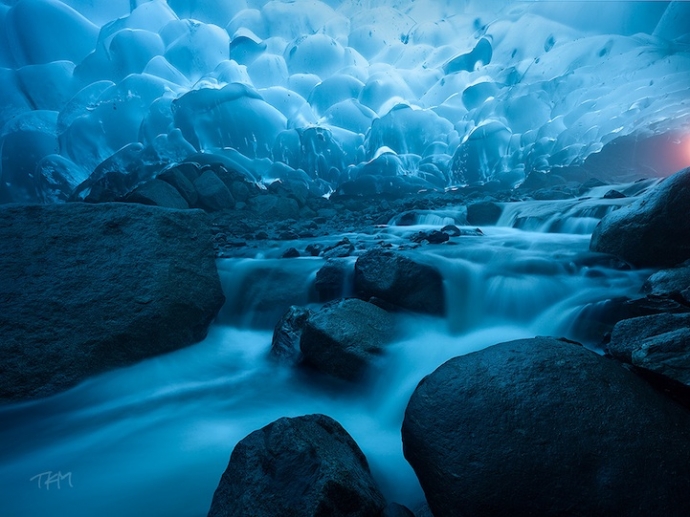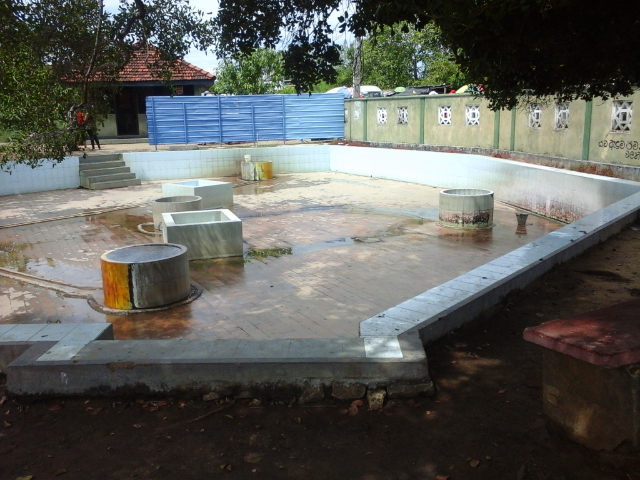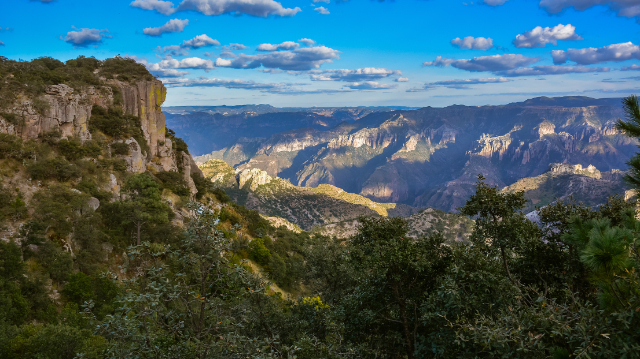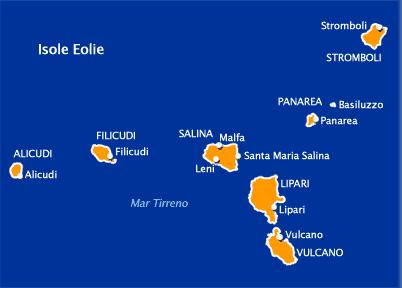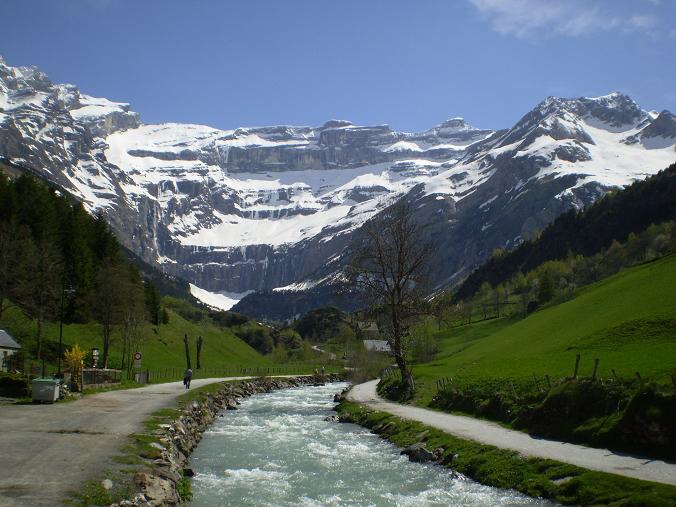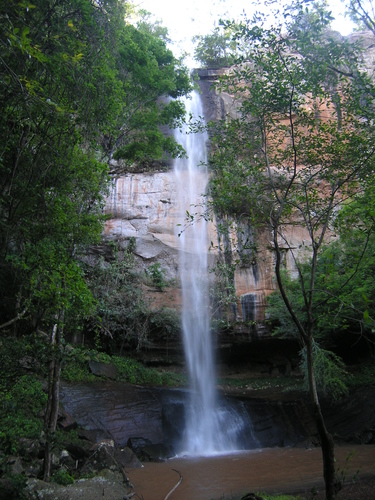Not far off the north-west coast of Africa lies the island of La Gomera, one of the seven islands that make up the Canary Islands archipelago in the Atlantic. These high, volcanic islands are the first to receive the rains arriving from the west, and have thus retained the remnants of a rich and luxuriant forest — the laurisilva or Laurel forest — on their windward peaks. Next to the Laurisilva of Madeira (Portugal), Garajonay National Park preserves an outstanding example of this unique vegetation, which remains almost permanently shrouded in clouds and mist. These forests are relict ecosystems, living remnants of the old rainforests and warm temperate forests that occupied much of Europe and North Africa during the Tertiary. Today, they are a refuge for an exceptional number of endemic species, which in many cases are also threatened.
The park covers some 11% of the island and is an important source of water for Gomera, with its network of permanently flowing streams, the best preserved in the Canary Islands. The forest hosts a great diversity of plant species, which are often surrounded by a sea of fog that gives the forest a magical aspect. These fogs are vital for the forest, producing the necessary moisture essential for the survival of this lavish green environment located within an otherwise arid island. The forest only survives thanks to the high humidity and mild temperatures, which fluctuate little during the year.
The forest is geographically unique, as remnants of this type of vegetation are only found in the Macaronesian Islands (the Canaries, Madeira and the Azores). This insular laurisilva is characterised by the evolution of a large number of endemic species of fauna and flora, which in some cases are threatened. Two relict and endemic species of birds, the White-tailed Laurel Pigeon and the Dark-tailed Laurel Pigeon, are endemic to the Canaries.
